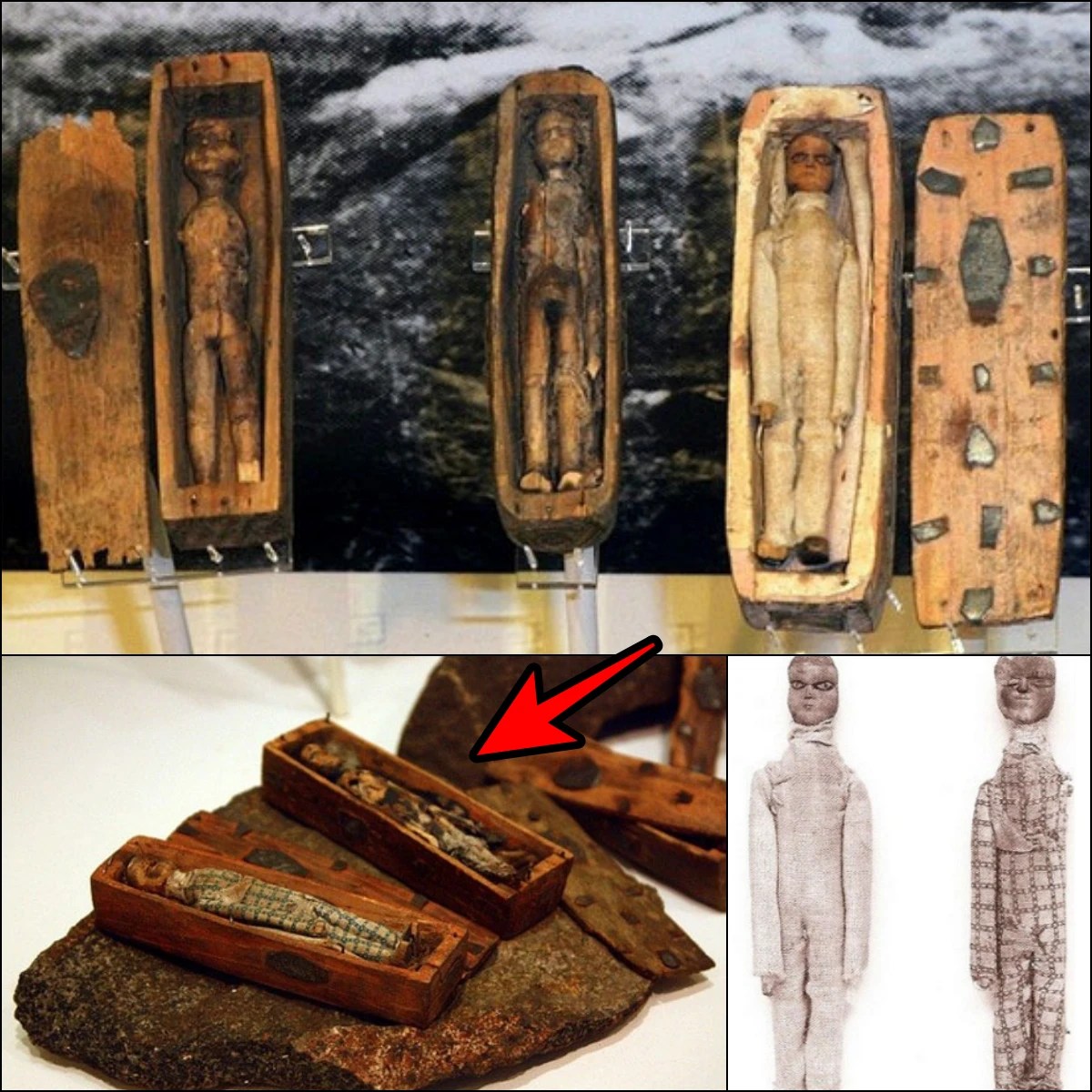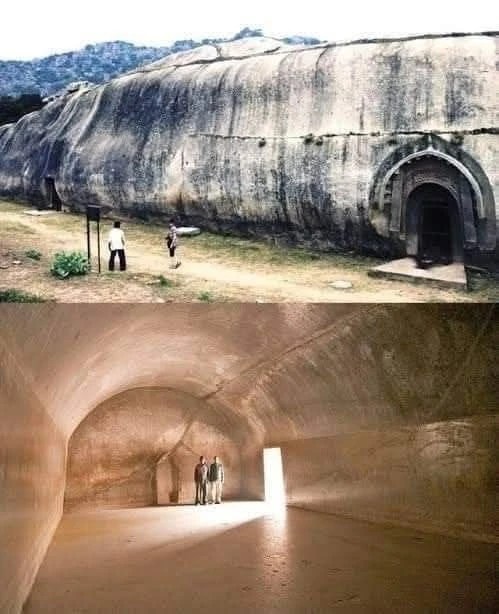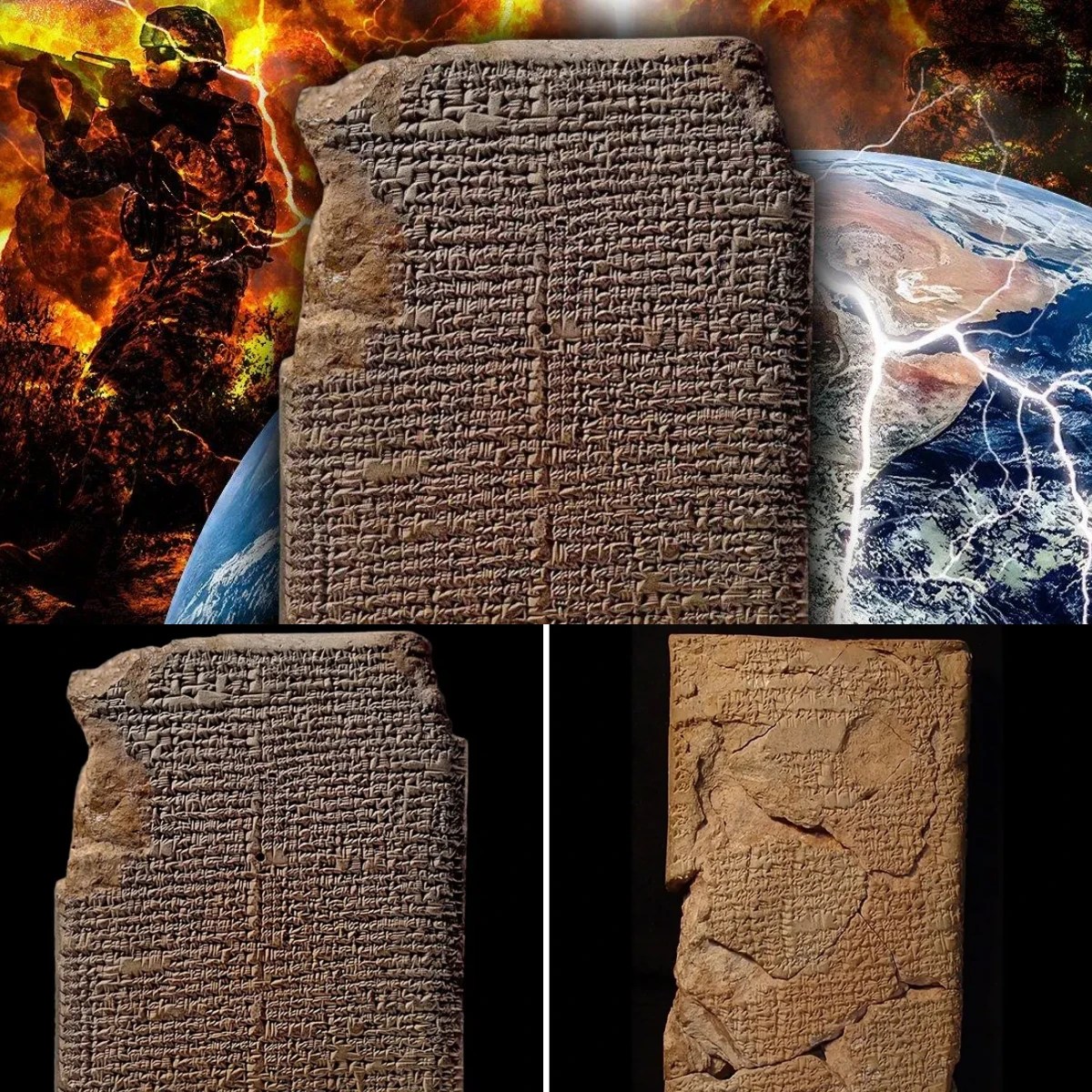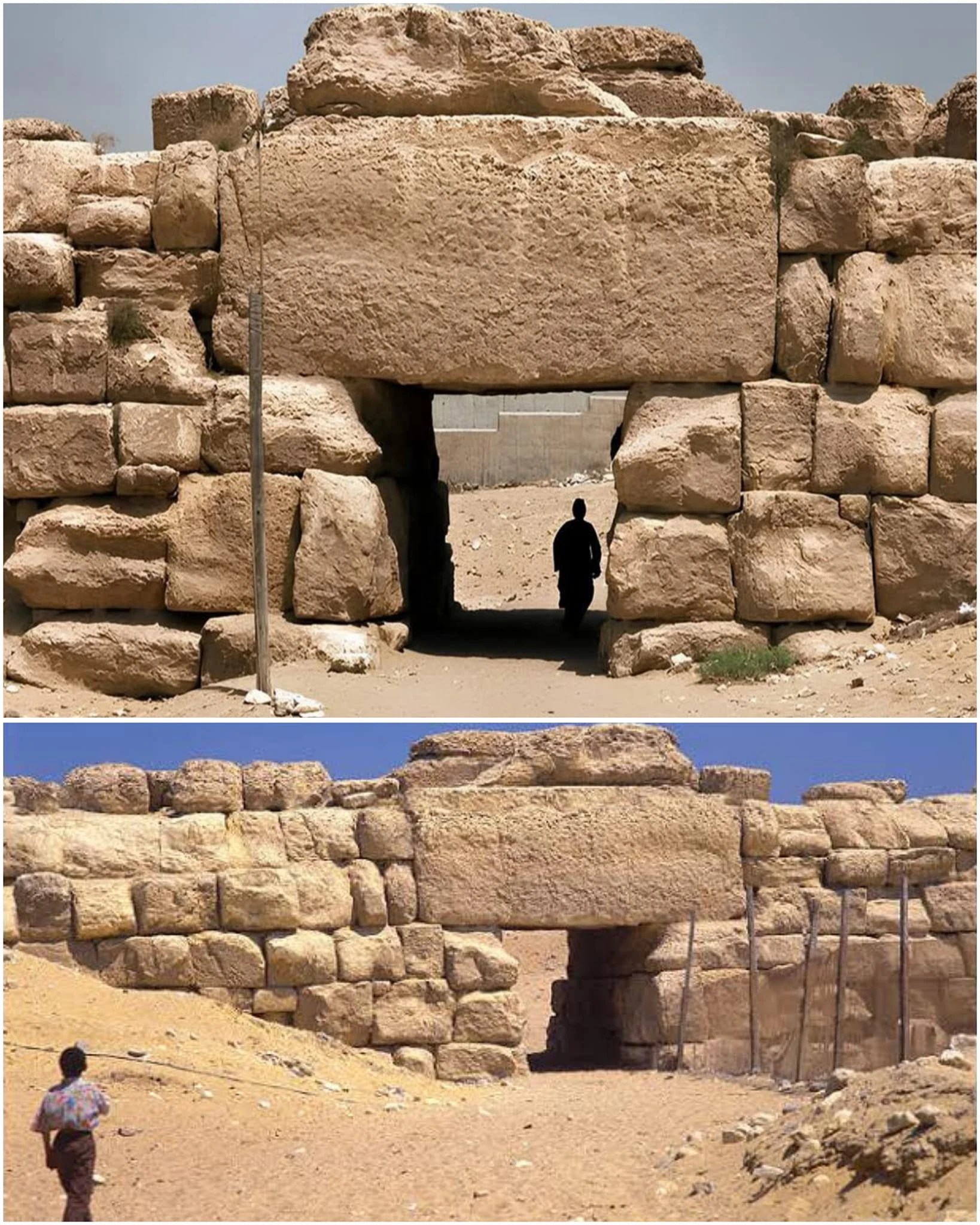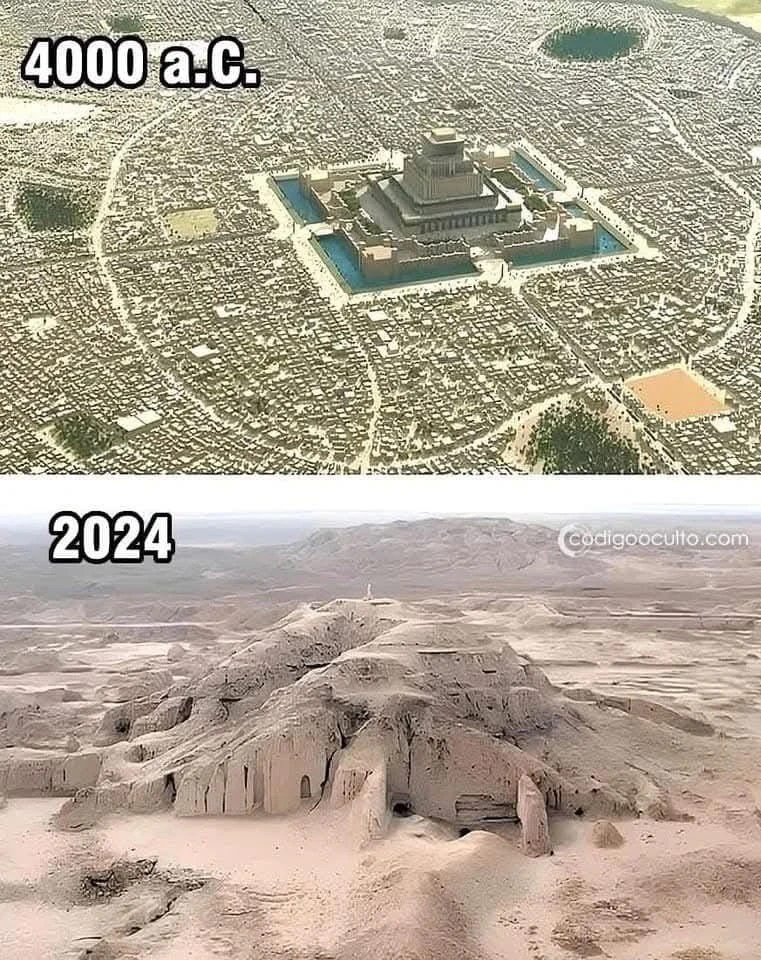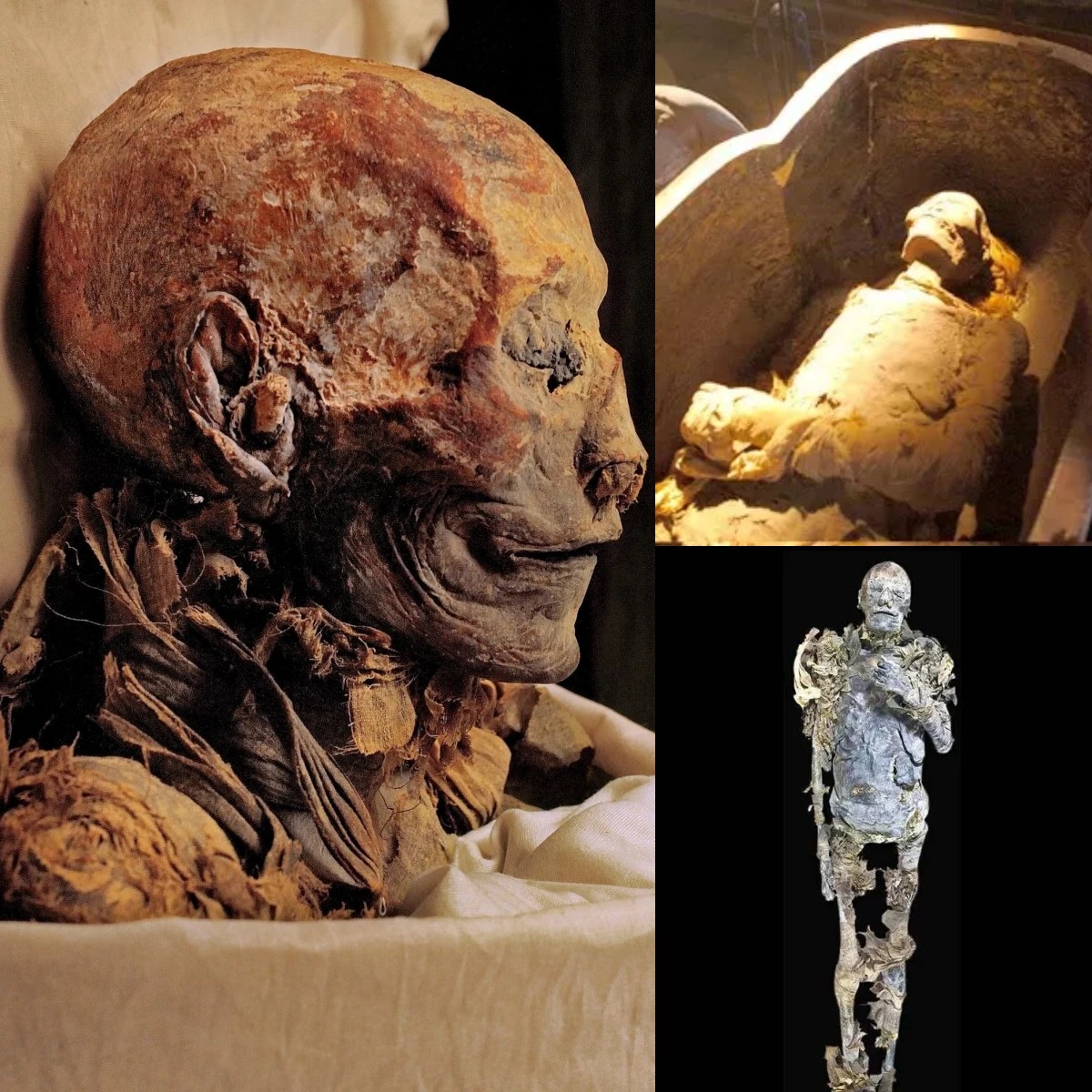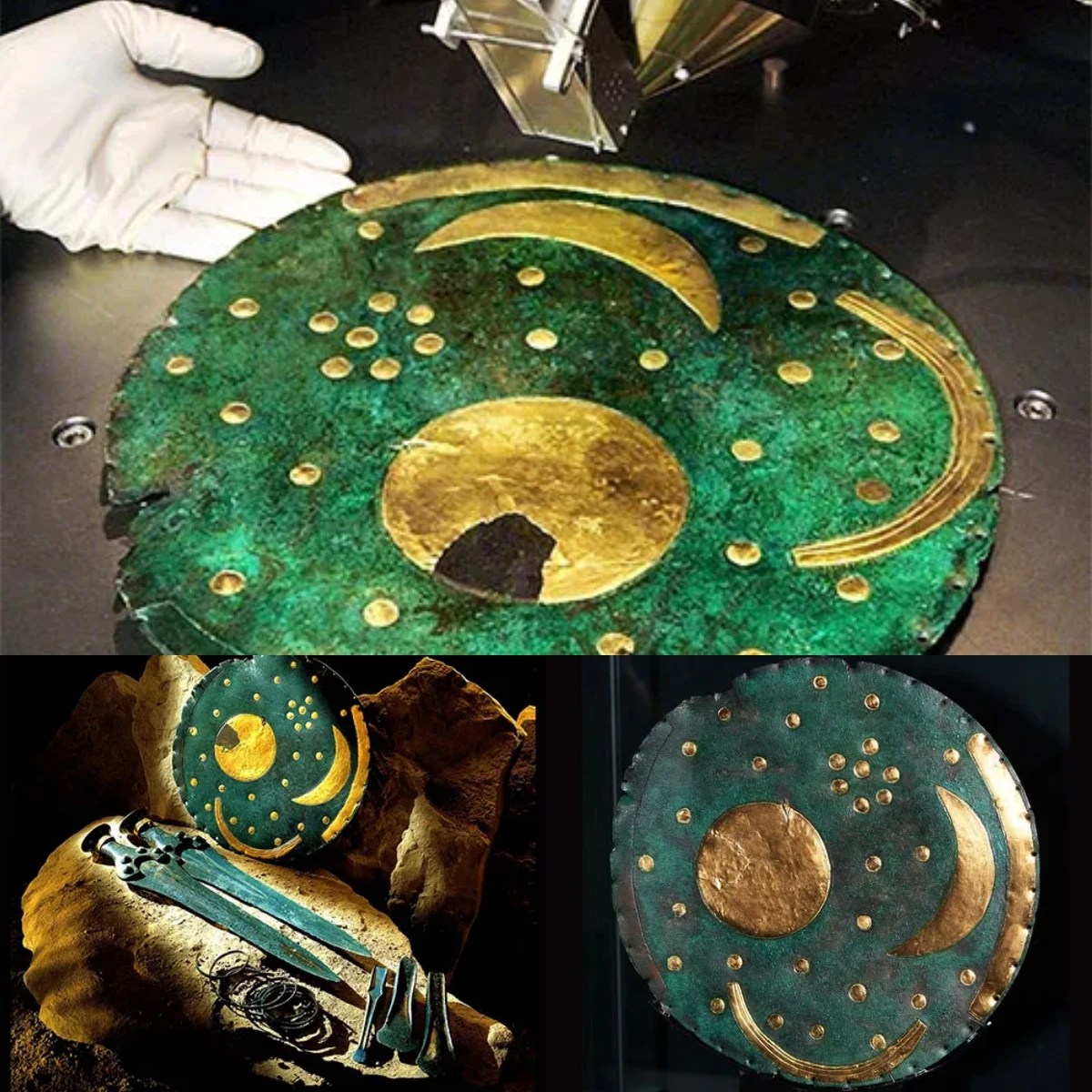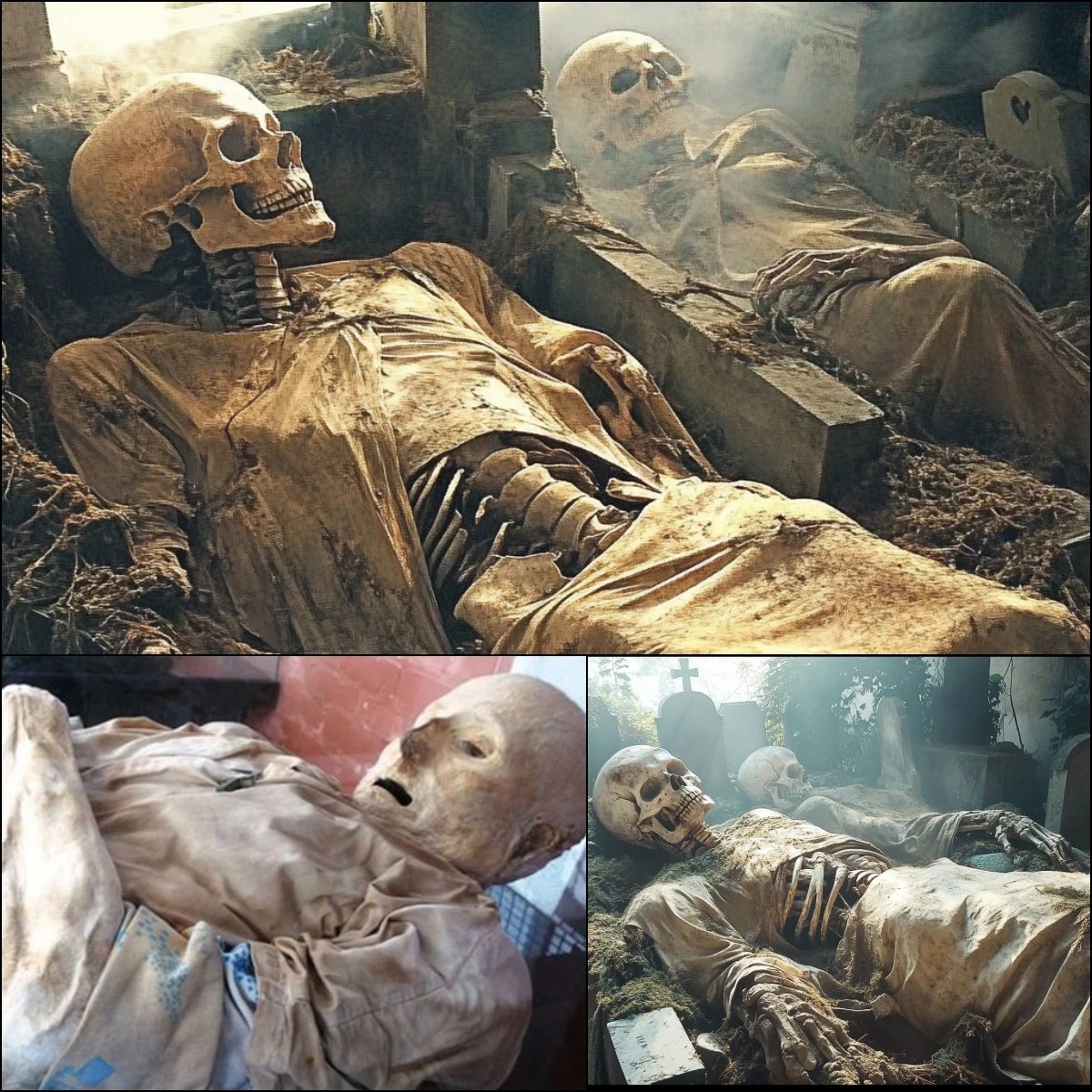Edinburgh’s 17 Mini Mummies: A 17th-Century Enigma
Until now, scientists are still looking for a solution to the mystery of these microscopic mummies in Edinburgh… When talking about mummies, the first thing that comes to mind is usually Egypt, the homeland of the pharaohs with the great art of mummification in ancient times. However, in the legendary land of Arthur’s Seat in the United Kingdom, there are also extremely famous and mysterious mummies. These are not mummies of kings or humans, but rather they are mummies of strange effigies… Arthur’s Seat is a hilly area located to the east of Edinburgh Castle, in the city of…
4 min read
